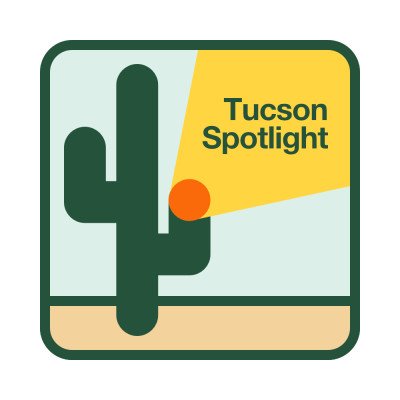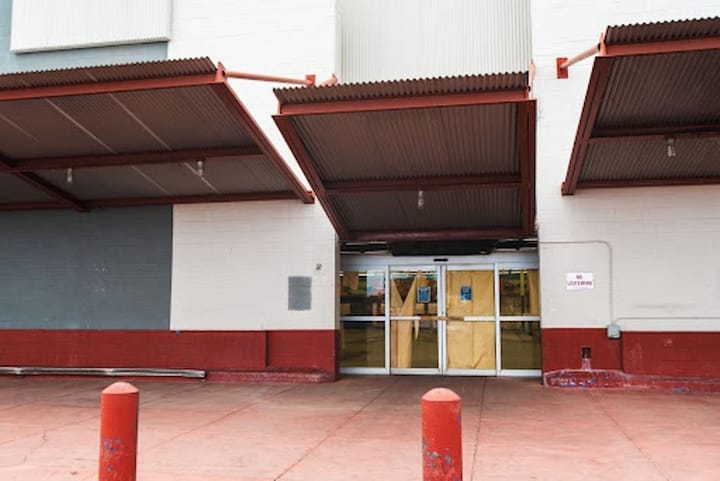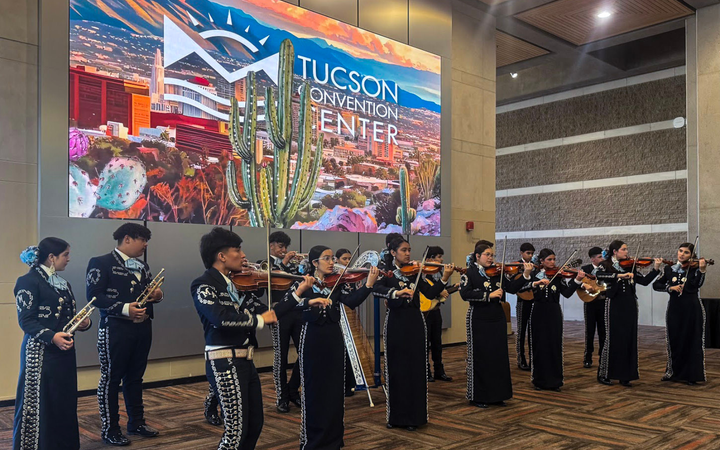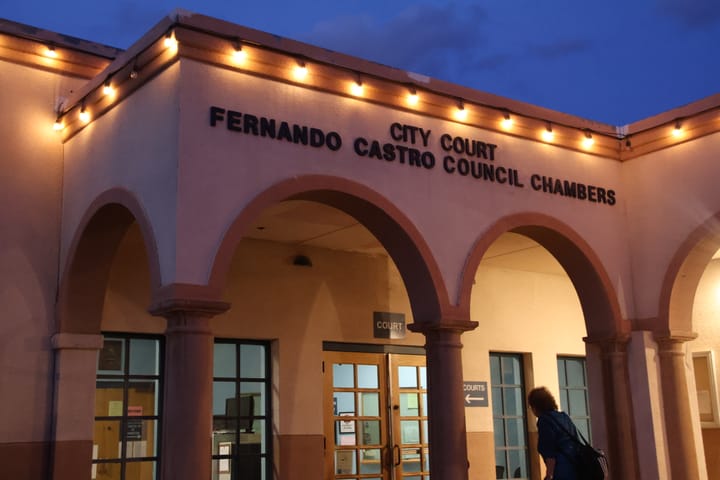Prop. 417 could shape Tucson’s future
Tucson voters will decide whether to approve Proposition 417, a revised version of the city’s general plan that emphasizes governance, equity and climate resilience while setting priorities for the next decade.

Tucson voters will soon decide the city’s path for the next decade as Proposition 417, a proposed update to Tucson’s general plan, heads to the ballot on Nov. 4.
State law requires the city’s general plan to be updated every 10 years to ensure it reflects the needs and priorities of the community.
The revised plan, known as Plan Tucson 2025, emphasizes governance, equity and climate resilience while setting long-term priorities for how the city grows and serves its residents. It also introduces a new initiative aimed at using its policies to guide the city in a sustainable direction.
What is Plan Tucson 2025?
The revised version of the 2013 general city plan includes 14 goals that have evolved from the original plan’s 25. The new goals emphasize governance, equity and climate.
If voters approve the plan, the new version would create a roadmap for Tucson’s future by ensuring that decisions regarding the city are made in compliance with the document voters approved.
“The purpose of the general plan is really intended to be just high-level guidance,” said Plan Tucson 2025 Project Manager Cesar Acosta, a principal planner for the city. “There’s nothing in it that will immediately impact our budgets or any existing projects.”
The updated plan highlights current community priorities identified through data collected by the City of Tucson during community engagement events.
Thousands of Tucsonans participated in updating the plan over several years of outreach by the city, Plan Tucson’s website says. The new policies will provide a framework for various aspects, including environmental planning, cultural heritage, land use, transportation, parks, safety, public services, economic development, water resources and housing.
“Language about climate resilience came to the forefront,” Acosta said. “The 2013 plan focuses on sustainability in a broad sense, but tailoring that language to be more about climate resilience and open space management, that took form.”
 Tucson Spotlight
Tucson Spotlight
The revised plan also includes language regarding equity, a goal not included in the 2013 version.
“A lot of our policies are on economic goals,” Acosta said. “In the 2013 (plan), we think of a goal separately for regional development versus local development. Now we have those as a single goal.”
The plan takes a similar approach to addressing public safety and health.
“We think of those more comprehensively in this version,” Acosta said. “We took what was in existence from 2013, and with public feedback over a year, kind of condensed and merged into the 14 goals that were presented to the public in the preliminary draft.”
What happens if it’s not approved?
If voters do not approve Prop. 417, the 2013 plan will stay in effect while city officials arrange for a new election. Mayor Regina Romero has said a new election would cost the city about $1 million, according to KGUN.
More information about Prop. 417 can be found in Plan Tucson’s executive summary and on Plan Tucson’s website.
Nya Belcastro is a University of Arizona student and Tucson Spotlight intern. Contact her at nya2005@arizona.edu.
Tucson Spotlight is a community-based newsroom that provides paid opportunities for students and rising journalists in Southern Arizona. Please consider supporting our work with a tax-deductible donation.



